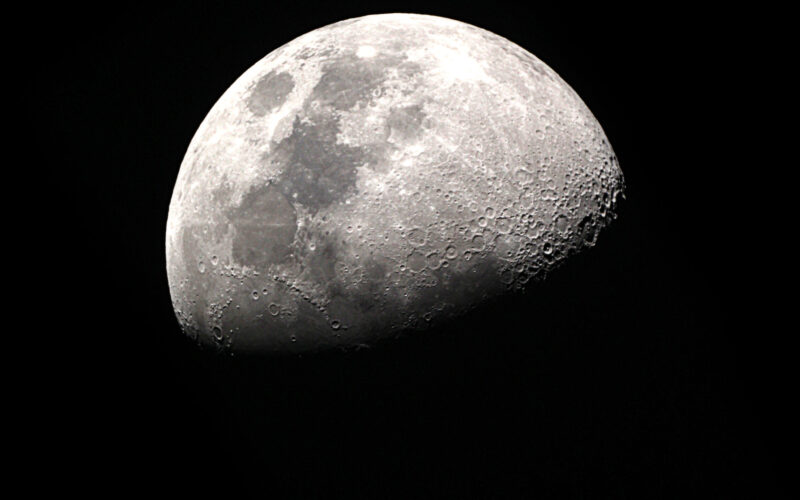Digitized artwork from more than 30,000 international creatives is to be archived on the Moon under the Lunar Codex project.
The art collection, which includes art, poetry, film, podcasts, novels, and other creations, will be digitized, and stored on memory cards or inscribed on NanoFiche, a nickel-based film technology capable of microscopically preserving extensive analog information.
Leading the initiative is physicist and art collector Samuel Peralta in collaboration with NASA’s Artemis missions.
“Our hope is that future travelers who find these time capsules will discover some of the richness of our world today,” Peralta said in a statement. “It speaks to the idea that, despite wars and pandemics and climate upheaval, humankind found time to dream, time to create art.”
The works are expected to be dispatched in four time capsules collectively referred to as the Lunar Codex.
The Orion Collection time capsule was the first to be launched as part of NASA’s Artemis 1 mission on December 11, 2022.
The next time capsule to reach the Moon will be the Nova Collection. Its launch aboard a SpaceX Falcon 9 rocket is scheduled for October or November 2023.
The Peregrine Collection will follow within the next month and will be transported via an Astrobotic Peregrine Lander to a small lunar plain named Sinus Viscositatis.
Lastly, in November 2024, the Polaris Collection will reach the Nobile Crater via a NASA Viper rover, after landing on board an Astrobotic Griffin Lander launched by a SpaceX Falcon Heavy rocket.
Bringing art to the Moon is not an entirely new concept. Apollo missions have previously carried artworks to the Lunar surface, including line drawings and sculpture. However, the Lunar Codex promises many other firsts.
For instance, aligning with NASA’s Artemis program, which aims to land the first woman on the Moon, the Lunar Codex plans of being the first project to send the works of female artists to the lunar surface.
Moreover, the project includes artwork from disabled artists and will showcase tattoo art, digital art, spray-painted urban art, and poetry generated through a human-AI collaboration.

